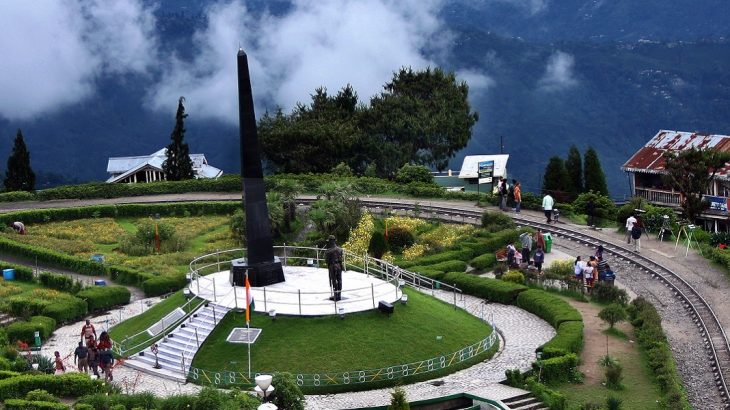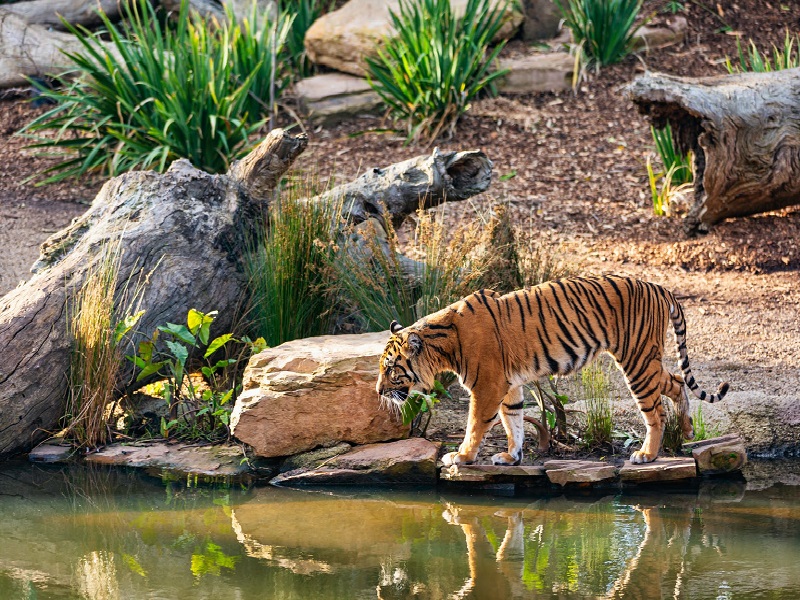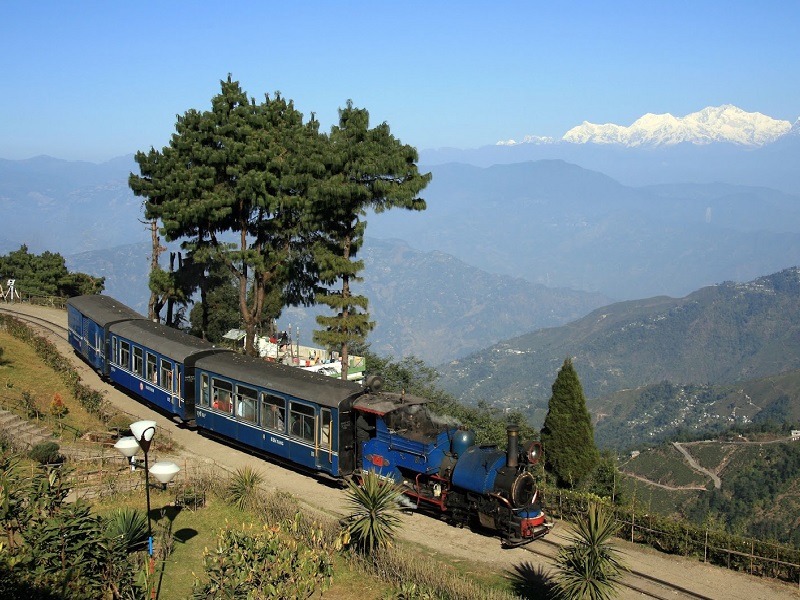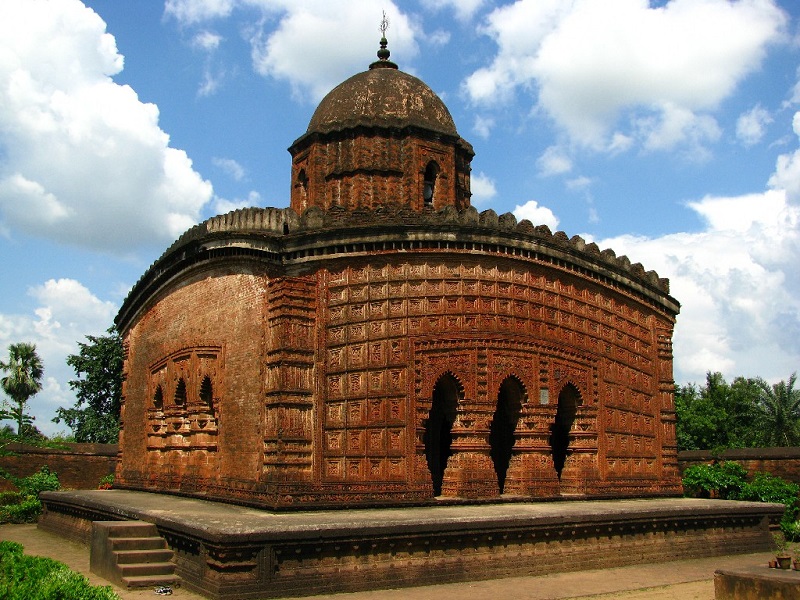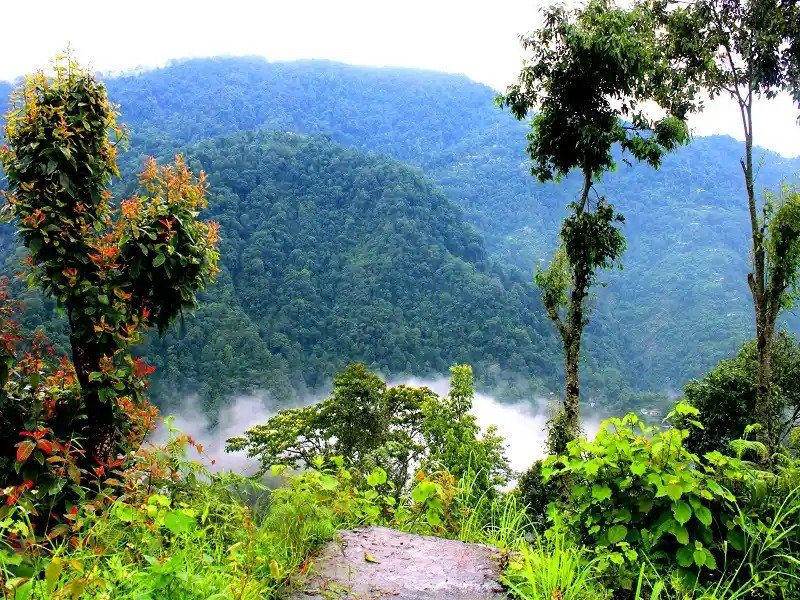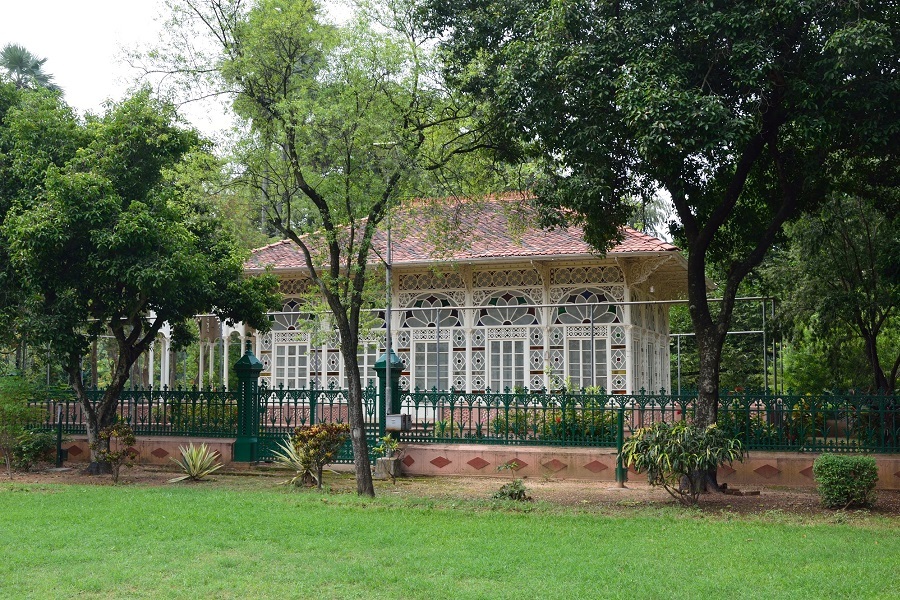The state of West Bengal has a long and intriguing history. Different dynasties, right from Palas, Guptas, and Senas to Mughals and British, ruled over the territory of Bengal, and each reigning power left its mark on the state in terms of architecture and culture, all of which collectively contributes to its rich heritage. There are several ancient temples and ancient monuments that are still alive with the stories and legends of these royals. Besides, this east Indian state also has several natural sites that have significant importance. Among these, some of the places are recognized as world heritage sites by UNESCO. Check below the list of UNESCO World Heritage Sites in West Bengal and ensure to visit them as part of India Tour Packages to discover the land.
Sundarban National Park
The Sundarban National Park is a Tiger Reserve, and a Biosphere Reserve located on the Ganges Delta in West Bengal. Shares its boundaries with Bangladesh, it is the largest estuarine mangrove forest in the world, and one of the largest and oldest national parks in India. The present Sundarban National Park was declared as the core area of Sundarban Tiger Reserve in 1973 and a wildlife sanctuary in 1977. It was declared a National Park in 1984. Later, the park is declared as a UNESCO World Heritage Site in 1987 and is considered as a World Network of Biosphere Reserve (Man and Biosphere Reserve) from 1989. Covers 10,000 sq. km of land and water, Sundarbans is integral to the world’s largest delta of 80,000 km2 formed from sediments deposited by the three great rivers, the Ganges, the Brahmaputra, and the Meghna. Sundarbans is one of the largest reserves for the Bengal tiger, and it has the highest number of Bengal Tigers than any other park in the world. It is also home to a variety of bird, reptile, and invertebrate species, including the salt-water crocodile. The best way to explore the Sundarban is by a boat safari along the narrow channels of the rivers with mangroves on both the banks as part of North-East India tour packages.
Darjeeling Himalayan Railway
Built between 1879 & 1881, the Darjeeling Himalayan Railway, also known as the Toy Train, is a 2 feet narrow-gauge railway in the Indian state of West Bengal. The Toy Train begins its journey from Siliguri and reaches Darjeeling after covering a distance of 78 km and crossing 13 stations on its way, including Ghoom, the highest station in India. Running up to a height of over 7,000 feet, the Darjeeling Himalayan Railway is one of the oldest and highest railway lines in the world, and among the top Darjeeling Tourist Places. The Darjeeling Himalayan Railway was recognized as a UNESCO World Heritage Site in 1999. The Nilgiri Mountain Railway was added in 2005 and the Kalka–Shimla railway in 2008., which were collectively called Mountain Railways of India. The Darjeeling Himalayan Railway still operates with the original steam engines and it attracts tourists not only from India but around the world as part of Darjeeling tour packages. The entire circuit is filled with scenic views and loops where the train turns around 360°, offering a panoramic view of the hills, making it one of the best train trips in India.
Book Here : Darjeeling Tour Packages
Bishnupur Temples (Tentative)
Bishnupur, the ancient Mallabhum, is a town located in the Bankura district of West Bengal. Among the prominent places to visit near Kolkata. The town is famous for the terracotta temples made from the locally available laterite stones. The town has a glorious history as it was the capital of the Malla kingdom. Under the Malla kings, Bishnupur developed a unique form of architecture involving the most brilliant and detailed terracotta work. The Malla rulers were Vaishnavites and built the famous terracotta temples to celebrate their love for Lord Krishna. Crafted from local laterite and brick, these 17th century temples were covered with terracotta tiles depicting scenes from the epic Mahabharata and Ramayana. Pyramidal Ras Mancha, Syama Raya, Jor Bangla, Radha Syama, Lalji, Krishna Balrama, Nikunjabihari and Kesaraya are the prominent places to visit in Bishnupur. Since 3rd July 1998, Bishnupur has been languishing on a ‘tentative’ list of UNESCO World Heritage Sites in India.
Neora Valley National Park (Tentative)
Neora Valley National Park is a protected wildlife sanctuary located in the Kalimpong district of West Bengal. It is one of the richest biological zones in entire Northeast India and also one of the prominent places to visit in Kalimpong. Spread over an area of 88 sq. km, Neora Valley National Park was established in 1986 CE and enjoys the distinction of being situated over one of the oldest Reserve Forests in India. This national park has luxuriant foliage of rhododendrons, endemic orchids, and a mixed variety of forests. It is home to several bird species and mammals, including the red panda and two species of pangolin. Since 2009, Neora Valley National Park has been languishing on a ‘tentative’ list of UNESCO World Heritage Sites in India.
Santiniketan (Tentative)
Among the top places to visit in West Bengal, Santiniketan, popularly known today as a university town, was originally an ashram built by Maharshi Debendranath Tagore in the second half of the 19th century where anyone, irrespective of caste and creed, could come and spend time meditating on the one Supreme God. Later, it was expanded by his son Rabindranath Tagore, the leading figure of the Bengali Renaissance, whose vision became what is now a university town with the creation of Visva-Bharati. The ashram complex includes Santiniketan Griha, the beautiful stained glass Mandir, a beautiful garden, Patha-Bhavana, Dehali, Santoshalaya, Singha-Sadan, Purvatoran and Paschimtoran, Dwijaviram, Dinantika, etc. It has a museum, archives, library, and other units. It houses a major part of Rabindranath’s manuscripts, correspondence, paintings, and sketches, 40,000 volumes of books, and 12,000 volumes of bound journals, photographs, and numerous items associated with the poet’s life. It has been on the UNESCO World Heritage Tentative list since 2010.
